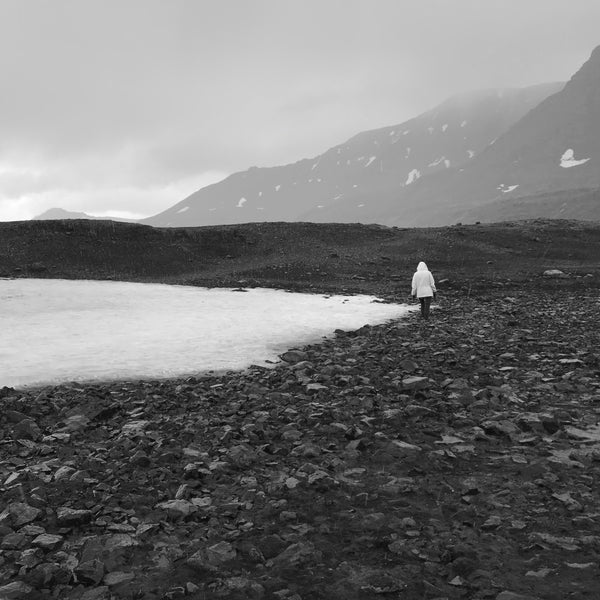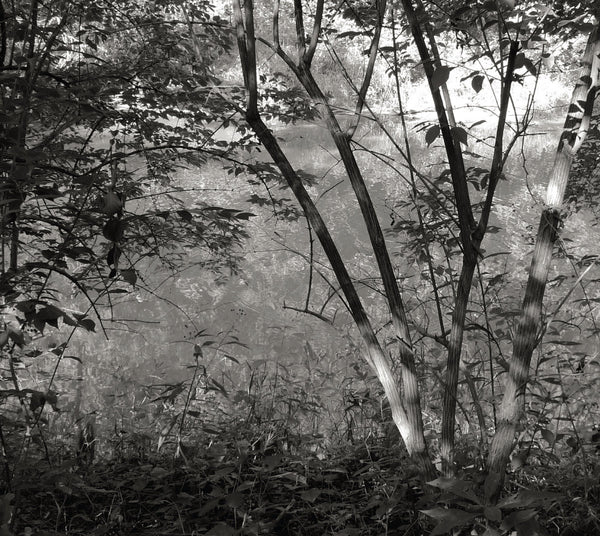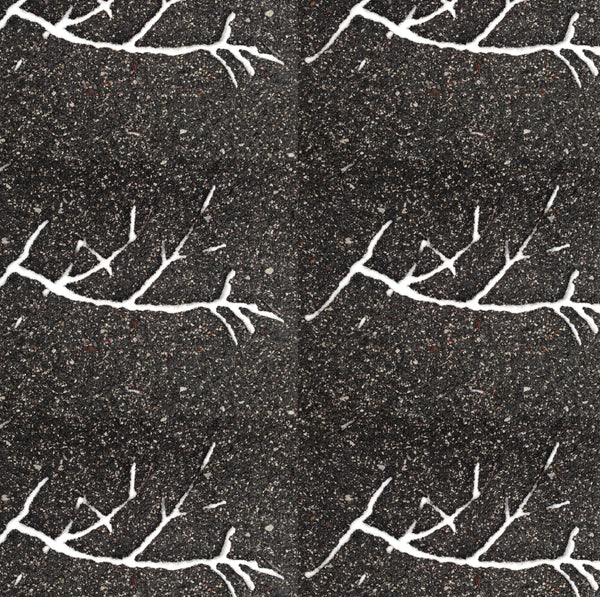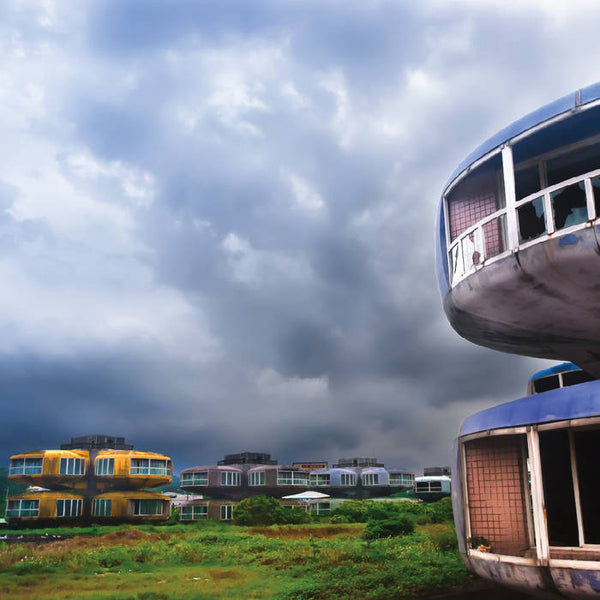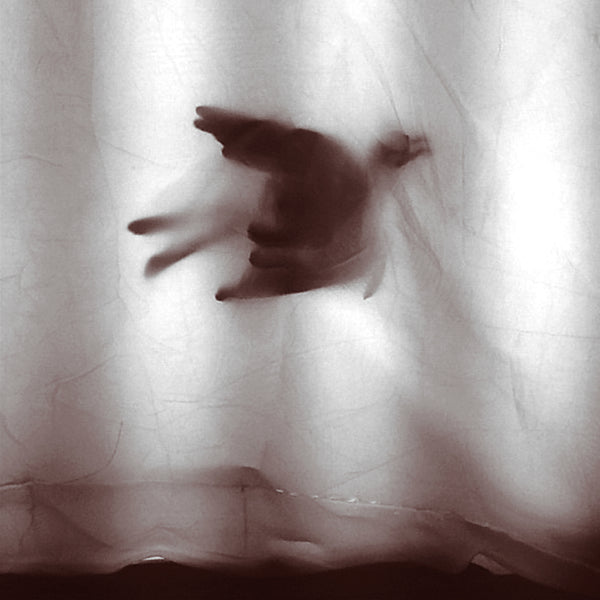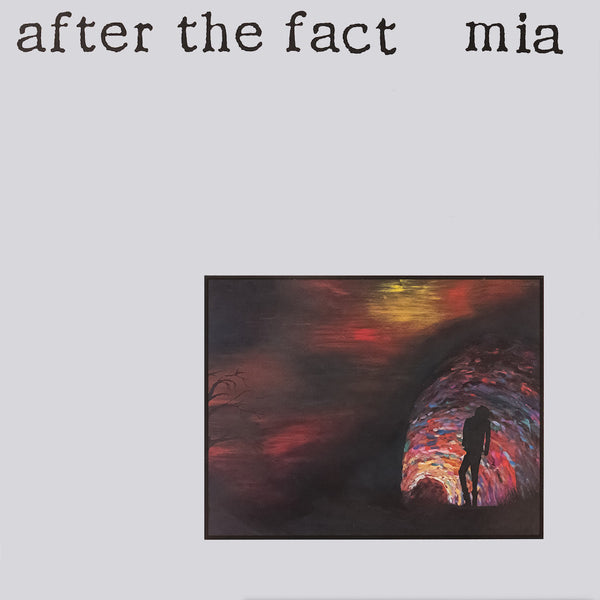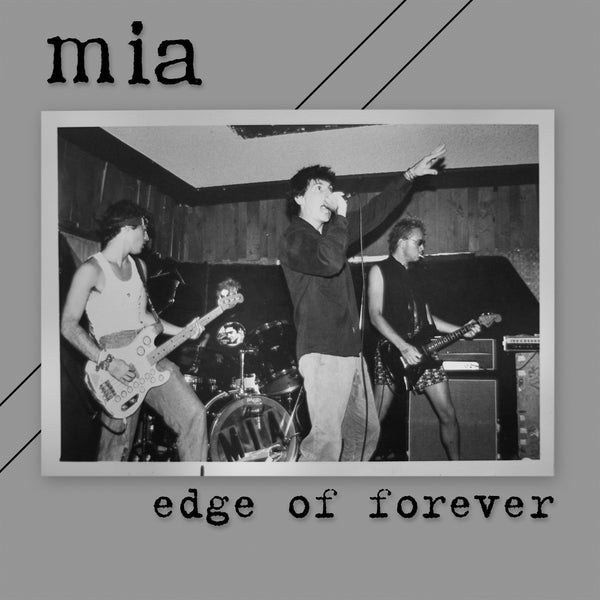I’ve always been curious in my listening, searching for something in music and sound. I grew up playing the piano and played the uilleann pipes in college, spending a summer in Ireland taking lessons. I ditched the pipes for the dobro toward the end of my undergraduate years and discovered lap steel and pedal steel guitar a few years after that.
I studied ethnomusicology at the University of Washington where I learned about ethnography. Ethnography is a method for field- based research developed by anthropologists. The method involves spending time with people and learning about different ways of being in the world and taking notes while you do so—jotting impressions, observations, feelings, snippets of speech, sketching maps, landscapes. Putting experience to paper in the moment again and again over a lengthy period of time—for months, sometimes years.
This sensibility colors my music; this layering of ideas, feelings, and textures. Something emerges, or is discovered or revealed, through this process. Combing sounds made with an instrument with sounds recorded in the field, blending and enfolding these sources, is deeply satisfying and grounding for me. Making and recording music in this way is somehow like ethnography.
Field Notes (Other Songs, 2016) was my first instrumental release. The pieces were recorded for a pair of documentary films, but the music isn’t really about those films. It’s about a period of my life when my children were young and we were living in Bellingham, WA where it’s usually grey, clouded; not dark, but not light either. Still Lifes (Other Songs, 2017) explores a different sonic pallet. I utilized lap and pedal steel guitar in a more experimental way on this record. My third album, Millpond Way (Other Songs, 2018) is a woodsy, earthen set of tunes in which I explored my folk and bluegrass influences.
Mount Carmel is probably my most personal record to date. I wrote it with the place of my childhood in mind. The neighborhood in which I grew up had only two streets, both of which wound into cul-de-sacs between an interwoven set of barren, gentle hills in Los Peñasquitos, California. Growing up, my mother, who immigrated from Mexico to the United States to marry my father, told me that “Los Peñasquitos” means “the hills with white rocks on them.” Today I am told by the internet that it means “little cliffs.” I spent a lot of time on those little cliffs, kicking through dust as I explored them, watching for rattlesnakes.
I grew up between these little cliffs, under the sun. Feelings anchored to material things constitute my memory of that place: the ice plant in our front yard we would step on to crush out its juice; the lava rock beneath the pine trees; the Santa Annas – hot, dry winds that would suddenly blow in our backyard; the dry and barren hills without trees, only brush – chaparral and sage – that I constantly climbed. This particular landscape permeates and orients the record for me.
1. Call 2. Mount Carmel 3. B 4. From 5. Capistrano 6. Little Cliffs 7. H 8. Response


